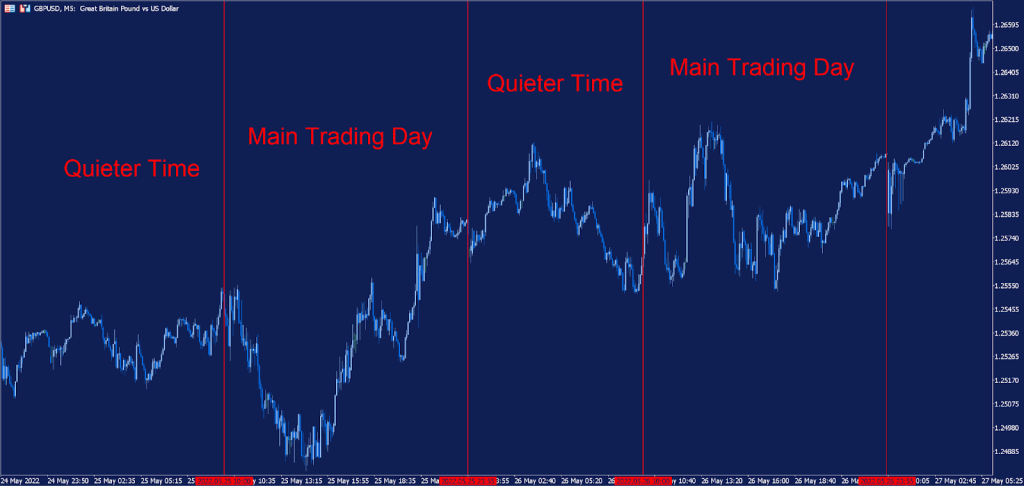What is Scalping in Forex? A Guide for Beginner Traders


What is Scalping in Forex: A Guide for Beginner Traders
If you’ve recently dipped your toes into the world of forex trading, chances are you’ve come across the term “scalping.” It’s one of those buzzwords that experienced traders throw around, leaving newcomers scratching their heads. But fear not! In this article, we’ll delve into the fascinating world of scalping in forex and shed some light on what it’s all about.
So, what is scalping in forex exactly?
Well, to put it simply, scalping is a trading strategy that aims to profit from small price movements in the market. Instead of holding positions for days or weeks, scalpers enter and exit trades within minutes or even seconds, seeking to capitalize on short-term price fluctuations. Scalping requires traders to have lightning-fast reflexes, keen analytical skills, and a solid understanding of market dynamics. It’s not for the faint-hearted, as it involves making quick decisions under pressure. Scalpers often rely on technical analysis, using charts, indicators, and patterns to identify potential entry and exit points. One might wonder, why bother with scalping when you can go for longer-term trades? Well, the answer lies in the potential for quick profits. While scalping may yield smaller gains per trade, the idea is to accumulate numerous successful trades throughout the day. It’s like catching a bunch of small fish that, when combined, make for a satisfying meal. However, as with any trading strategy, scalping has its pros and cons. On the positive side, scalping allows traders to take advantage of short-lived market inefficiencies and exploit volatility. It also reduces exposure to overnight risk, as positions are typically closed before the end of the trading day. Additionally, scalping can be an attractive option for traders with limited capital, as it doesn’t require significant investments to get started. On the flip side, scalping demands intense focus and concentration. It’s not a strategy suited for those seeking a leisurely trading experience. Furthermore, the frequent buying and selling can lead to higher transaction costs, eroding potential profits. And let’s not forget the psychological toll it can take, with the need to make split-second decisions and the potential for rapid-fire losses.

Now that we’ve covered the basics of scalping, you might be wondering how to get started. Well, the first step is to choose a reliable forex broker that supports scalping strategies. Look for brokers with tight spreads, fast order execution, and minimal slippage. These factors are crucial for scalpers, as every second and pip count in their quest for profits. Next, you’ll need to hone your skills through practice and education. Familiarize yourself with various technical indicators, chart patterns, and trading platforms. Develop a solid trading plan, including risk management strategies, and stick to it religiously. Remember, discipline is key in scalping, and emotions should never dictate your trading decisions. Finally, start small and gradually increase your position size as you gain experience and confidence. Don’t expect overnight success; scalping requires patience, perseverance, and a willingness to learn from both successes and failures. It’s a journey that can be rewarding for those who put in the effort.
In conclusion
Scalping in forex is a fast-paced trading strategy that aims to profit from small price movements. It requires quick reflexes, analytical skills, and a deep understanding of market dynamics. While it has its advantages, including the potential for quick profits and reduced exposure to overnight risk, scalping also comes with its fair share of challenges. If you decide to embark on this scalping journey, choose a reliable broker, educate yourself, and approach it with discipline and patience. With time and practice, you may find yourself mastering the art of scalping and reaping the rewards it offers.
